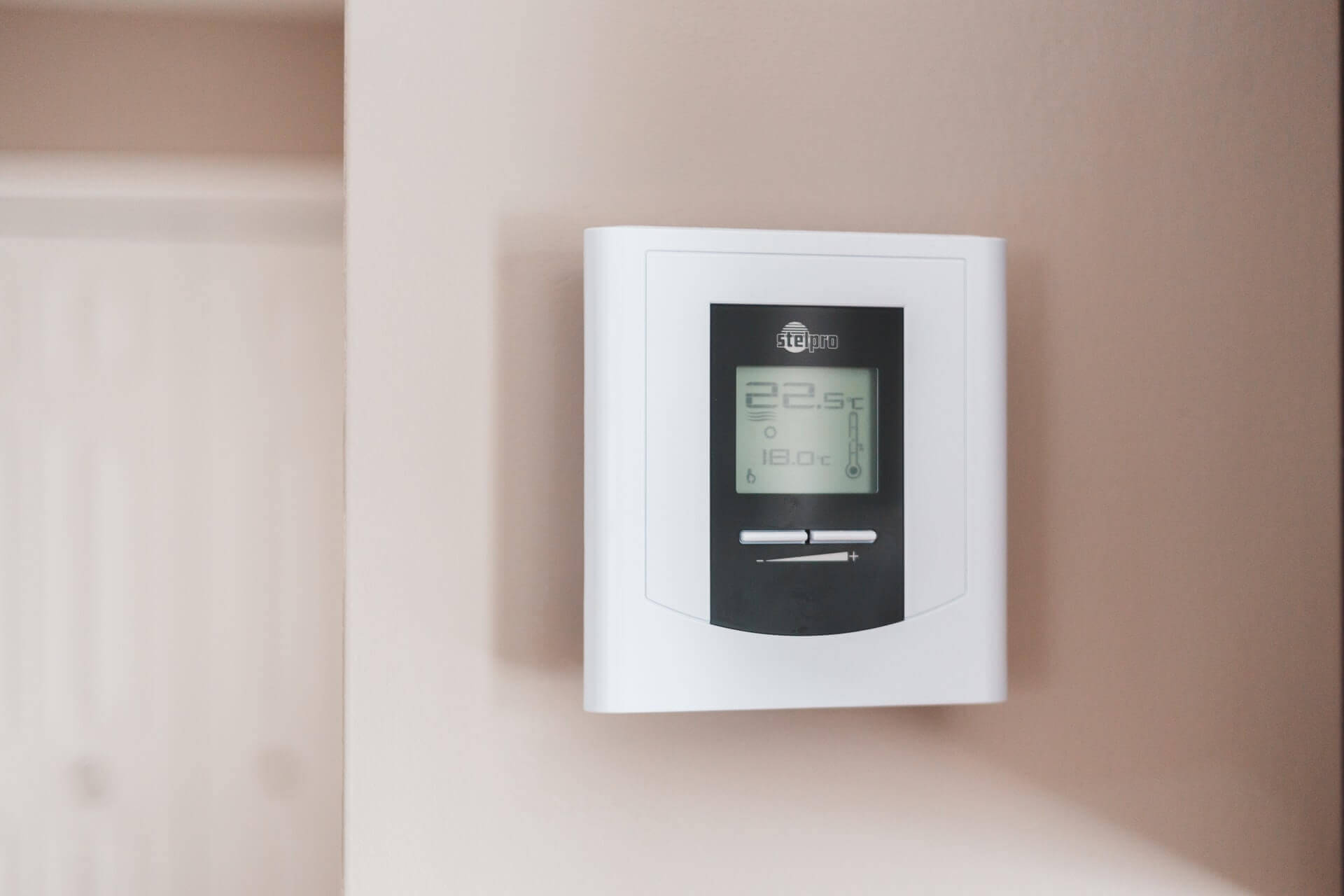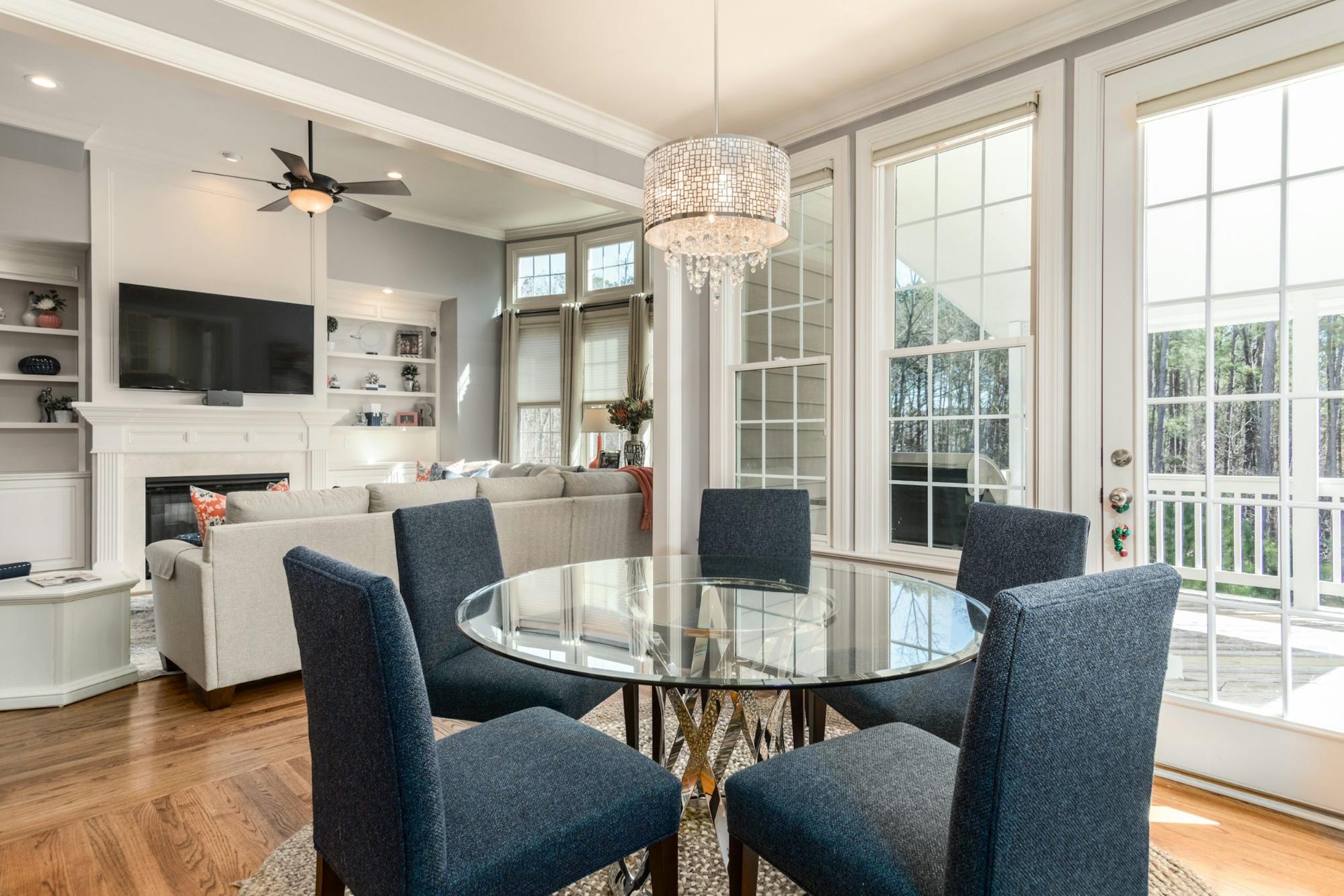Optimizing Acoustic Comfort: The Advantages of Soundproof Windows

Soundproof windows play a crucial role in creating a calm and comfortable indoor environment. They are designed specifically to reduce unwanted outside noise, improving the quality of life in homes, offices, and other spaces. In this article, we'll explore in depth what soundproof windows are, how they work, their advantages over standard windows, as well as their applications and impact on acoustic comfort.
What is a soundproof window?
A soundproof window, as the name suggests, is a window designed to effectively reduce the transmission of outside noise to the interior of a building. Unlike standard windows, which are primarily intended for thermal insulation, soundproof windows incorporate specific technologies and materials to absorb or block sound waves.
Technology and Construction:
Soundproof windows can be composed of several layers of glass, sometimes of different types and thicknesses, separated by absorbent interlayers. These spacers may be made of polymer or composite materials that absorb sound vibrations rather than transmit them. In addition, the frames of these windows are often designed to minimize the vibrations and extraneous sounds that can be transmitted through the window structure itself.
How do soundproof windows work?
Principle of operation:
Soundproof windows work according to several principles to effectively reduce noise pollution:
- Vibration absorption: The materials used in the glass layers and interlayers are chosen for their ability to absorb sound vibrations instead of transmitting them. This significantly reduces the amount of noise perceived inside.
- Sound wave blocking: Combining multiple layers of glass with different thicknesses creates a more effective physical barrier against outside noise. Sound waves are reflected, absorbed, or dissipated through these various layers, reducing noise transmission.
- Watertightness and insulation: Soundproof window frames are often designed to be airtight, reducing air leaks that can also contribute to sound transmission. Good thermal insulation can also indirectly help reduce outside noise by making windows more efficient in their overall functioning.
Advantages of soundproof windows:
Soundproof windows offer several significant advantages over standard windows:
- External noise reduction: They are particularly effective in reducing noise from traffic, planes, noisy neighbours, etc., thus providing a more peaceful and comfortable indoor environment.
- Improving the quality of life: By reducing noise pollution, soundproof windows contribute to improving the daily comfort of occupants of a home or office, thus promoting general well-being.
- Increased privacy: They can also improve privacy by preventing the spread of sounds inside and outside the building, which is especially important in professional or residential environments.
- Energy efficiency: Although their main advantage is acoustic, soundproof windows can also provide better thermal insulation, reducing heat loss and contributing to lower energy costs.
Applications of soundproof windows:
Residential:
In homes, soundproof windows are often installed in bedrooms, living rooms, and home offices to create quiet areas for rest and work. They are also popular in urban areas where traffic noise can be a major concern.
Commercial:
In commercial environments such as offices, hotels, restaurants, and stores, soundproof windows can improve the customer experience by reducing unwanted background noise, creating more pleasant and business-friendly environments.
Industrial:
In industrial and manufacturing facilities, soundproof windows can be used to isolate production areas from machine noise, creating safer and more comfortable working conditions for employees.
Conclusion:
In conclusion, soundproof windows play an essential role in improving the acoustic comfort of residential, commercial and industrial buildings. Their ability to effectively reduce outside noise while providing other benefits such as improved energy efficiency makes them a valuable choice for those looking to create a calm and pleasant indoor environment. By investing in high-quality soundproof windows, building owners and managers can not only improve the quality of life and work, but also enhance their property through improved acoustic insulation.
What is a wall-mounted and central heat pump?
Wall-mounted heat pump:
A wall-mounted heat pump, also known as a wall-mounted air conditioner or wall-mounted unit, is a heating and cooling system that is mounted directly to an interior wall in your home. It generally consists of a compact and discreet indoor unit, as well as an outdoor unit that extracts and rejects heat. These systems work by transferring heat from one location to another using a refrigerant, thus effectively cooling or heating the interior space. Wall-mounted heat pumps are ideal for tight spaces or for those who want to avoid the installation of bulky ducts. They often offer precise temperature control room by room thanks to their individual control and are relatively easy to install and maintain.
Central heat pump:
In contrast, a central heat pump is designed to cool and heat an entire house or building through a duct system. It also uses a compressor and refrigerant to transfer heat between the inside and the outside, but it is usually integrated into an existing central heating system, such as a forced air furnace. Central heat pumps are often preferred in large homes or commercial buildings where centralized temperature control is required. They offer a uniform distribution of hot or cold air throughout all rooms via ducts hidden in the walls or ceiling.
How do wall-mounted and central heat pumps work?
Principle of operation:
Heat pumps, whether wall-mounted or central, exploit the principle of heat transfer using a reverse refrigeration cycle. Here are the main steps in the process:
- Refrigerant compression and expansion: A compressor located in the outdoor unit squeezes the refrigerant, thereby increasing its temperature. This fluid then circulates to the indoor unit where it expands, which lowers its temperature.
- Heat exchange: Inside, the indoor unit removes excess heat to the outside in summer, cooling the indoor air. In winter, the process is reversed, extracting heat from outside to diffuse it inside.
- Air distribution: For central systems, a fan distributes air conditioned or heated air through the ducts to all rooms in the house, ensuring an even temperature.
Advantages of wall-mounted and central heat pumps:
Wall-mounted and central heat pumps offer several significant advantages:
- Energy efficiency: They are often more efficient than traditional heating systems because they simply transfer heat rather than generating it directly.
- Versatility: They can be used as both air conditioner and heater, making them ideal all-in-one solutions for all seasons.
- Individual control: Wall units often allow for precise control room by room, which allows the temperature to be regulated according to specific needs.
- Flexible installation: Wall-mounted heat pumps are relatively easy to install and do not require major renovations such as installing ductwork for central systems.
Applications of wall-mounted and central heat pumps:
Residential uses:
In single-family homes, wall-mounted heat pumps are often used to heat or cool specific rooms, such as bedrooms or home offices. They offer precise control and energy efficiency that is appreciated by homeowners who care about their energy consumption. Central heat pumps are preferred in larger homes where a centralized heating and cooling system is required to maintain an even temperature in all rooms.
Commercial uses:
In commercial buildings, central heat pumps are often integrated into more complex HVAC systems to provide large-scale thermal comfort while optimizing energy efficiency. They can be used in offices, hotels, shopping centers, and other facilities that require accurate and reliable climate control.
Conclusion:
In conclusion, wall-mounted and central heat pumps represent modern and efficient solutions for residential and commercial heating and cooling. Their ability to offer both comfort and energy savings makes them popular choices among consumers and building professionals. Whether it is to install a discreet system in a small home or to cool a large commercial space, heat pumps offer versatility and efficiency that meet the varied needs for modern thermal comfort.
Guarantee: No traces, no stress — only lasting results.
5 000 +
96%
$6,275



.avif)



